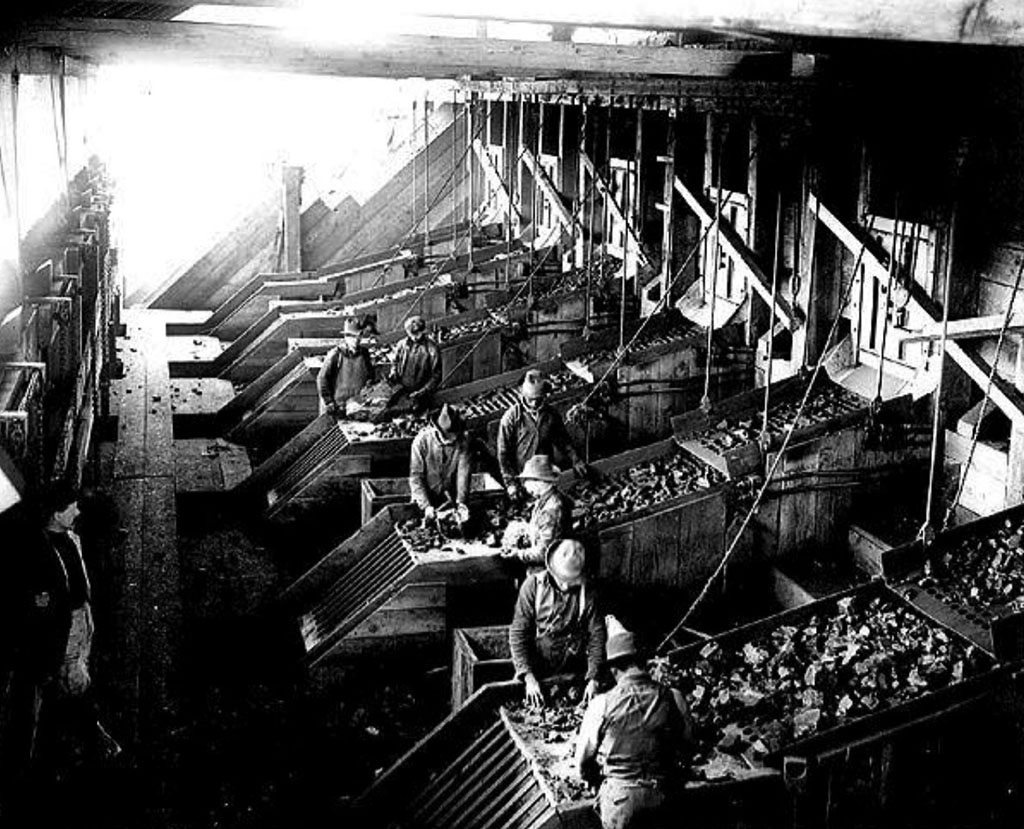Transporting Coal
Tour: Market to MOHAI
-
Transporting coal
Another arbitrary stopping point as we walk down Westlake toward Lake Union.
Although Seattle is often thought of a town that prospered in part because of timber, it also benefited from coal deposits on the east side of Lake Washington. They were first reported by settlers in 1853 but not exploited until 1863. Relatively easy to access, the coal was challenging to transport. It initially reached the Seattle waterfront via the Black River, which flowed out of Lake Washington at Renton into the Duwamish River (about three miles away) and then into Elliott Bay. Meandering and overgrown, the river route could take a week from mine to waterfront and back.
On March 27, 1872, a new route opened with the establishment of Seattle’s first railroad, the Seattle Coal and Transport Company. It ran from the south end of Lake Union up modern day Westlake Avenue before turning west along Pike Street to the bluff overlooking Elliott Bay. From there, a tram carried the ore down to a coal bunker at the base of Pike. The greater challenge was getting the coal from Newcastle to the train at Lake Union. This involved lowering the coal to Lake Washington, barging it north to Union Bay, packing it on mules across the neck of land separating Lake Washington and Lake Union, and finally steam tugging it to the Seattle Coal and Transport Company train.
When the Ant, as the locomotive pulling the train was called, made its first run, the city was jubilant. School was let out. A brass band played. Every Seattleite who could rode the train. The Puget Sound Dispatch trumpeted that “an inexhaustible mine of wealth is opened to perpetual use.” The company stopped running the train in 1878, when a more direct train route opened between Renton and Elliott Bay, which ultimately led to Seattle becoming the biggest supplier of coal on the Pacific Coast of the United States.
Continue north one block to Mercer Street.









